Google Pixel 6a review: super yet superfluous?
The 'baby Pixel' is here, but does it make sense given the price and forthcoming Pixel 7's arrival?

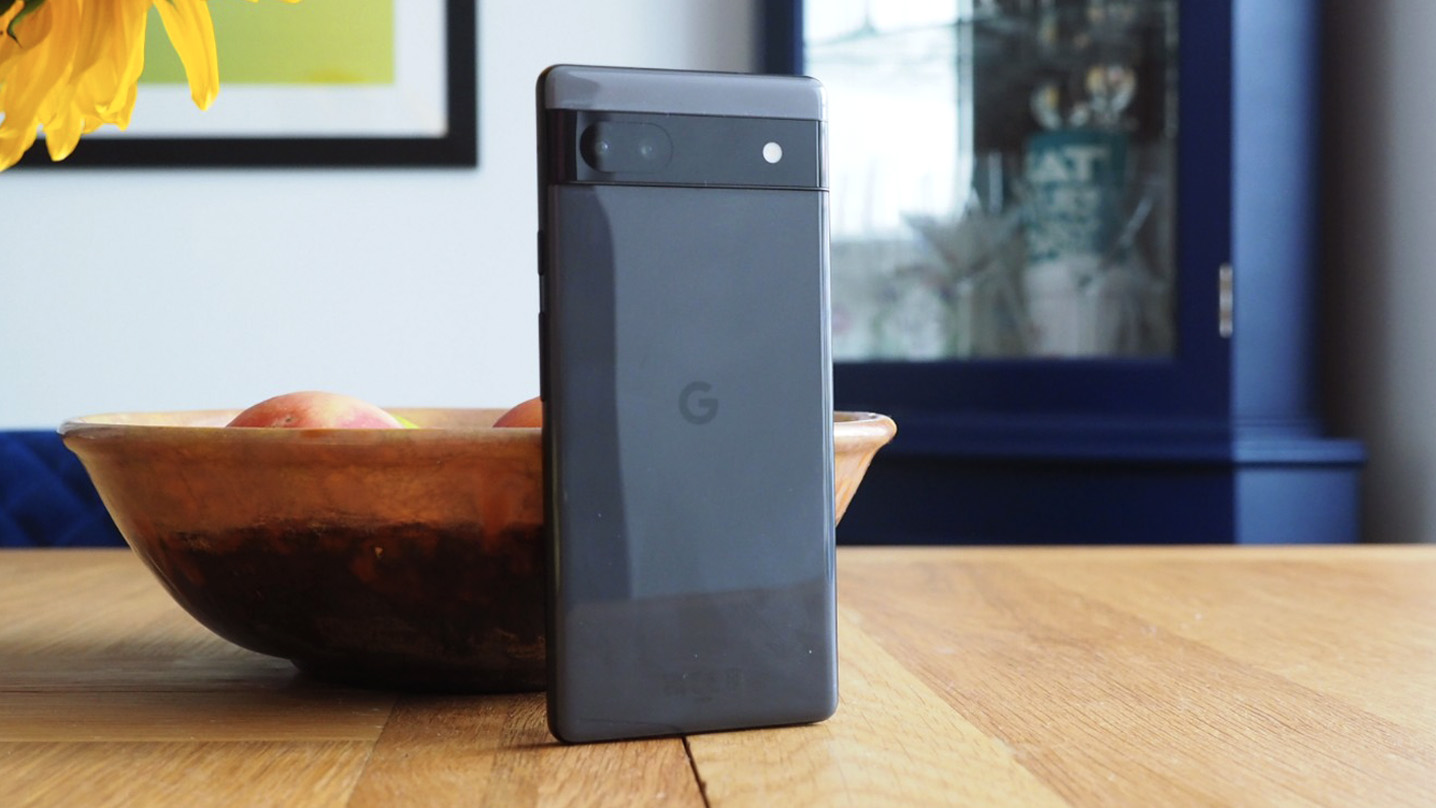
The Google Pixel 6a is a model example of a small-screen Android phone – and I think its size is the key selling point. However, the older Pixel 6 from 2021 doesn't really cost much more and will suit a wider audience really. Still, if you're looking for a handset that's small, full of great features, is long-lasting per charge, and clearly among the best Android has to offer, then the Pixel 6a is just the ticket.
-
+
Android runs at its best on Pixel
-
+
Decent, easy-to-use cameras arrangement
-
+
Battery life is impressive despite smallish capacity
-
+
If you don't want a massive phone this is a solid option
-
-
Only a 60Hz refresh rate display
-
-
Screen feels small (to me anyway)
-
-
Pixel 6 isn't much more cash and a more logical buy for most
-
-
Proximity to Pixel 7 series reveal in October feels mistimed
Why you can trust T3
I've always had a soft spot for Google's Pixel phones, because they've been a showcase of simplistic yet successful camera hardware combined with the best Android phones' software experience going. And the Pixel 6a that I'm reviewing here – the 'baby Pixel', if you will – fills a stop-gap ahead of the Pixel 7 series' arrival, delivering an affordable yet smaller form-factor to the Pixel series.
Thing is, as I've already casually pointed out above, the Pixel 6a arrives at a rather peculiar moment in time. It feels late in the calendar cycle to me, also priced too closely to the older yet more feature-packed Pixel 6, and only really a bit part in the run-up to that all-important Pixel 7 launch.
Nonetheless, I've been living with the Pixel 6a for a week – having moved out of the same-priced Nothing Phone 1 – using the phone as if my own and, I must admit, if you're looking for a small form-factor Android handset then this little number has a lot going for it. But in the context of Pixel and its competition does that add up to enough?
Google Pixel 6A review: Price and availability
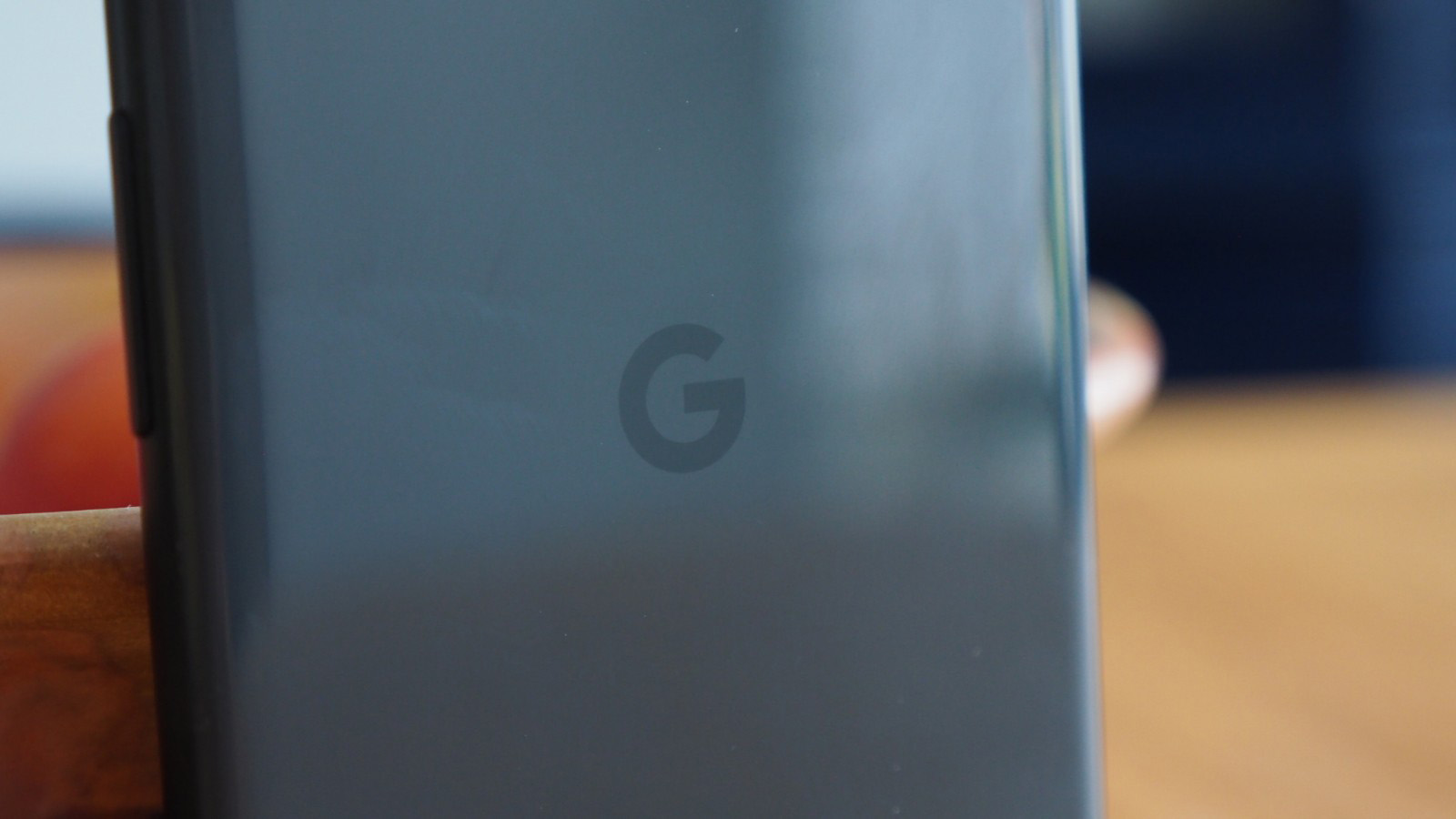
In fairness the Pixel 6a is keenly priced, at £399 in the UK, positioning it as a clear mid-range handset. Not that, as I'll get to, its spec is necessarily mid-range by any means. The price in the USA is $449, in Europe it's €459, while Australia gets an AUD$749 bill. You can pre-order now and obtain the handset in August (early orders get a free Pixel Buds A-Series deal too).
But it's all about context. At the time of writing the full-fat Pixel 6 is just £49 more, priced at £649 in the UK, and I know during the Amazon Prime Day sales that difference was half again. Why pay almost exactly the same for the smaller 6a variant? The answer is if you absolutely want a smaller-screen phone first and foremost.
Google Pixel 6A review: What's new?

In some respects there's no point of comparison here for many people, as Google's previous Pixel 5a model never arrived in the UK, Europe or Australia. Say what? It was the reserve of the USA and Japan only, for whatever reason. Perhaps that's part of the reason I'm finding the 6a a little misplaced: I never saw the predecessor in the wild.
Even so, rather than pin the Pixel 6a against its virtual predecessor (which my colleague has done in this Pixel 5a vs 6a comparison feature), I think there's more sense in comparing it to the Pixel 6 proper – especially given the close price point.
Get all the latest news, reviews, deals and buying guides on gorgeous tech, home and active products from the T3 experts
So here's what you get in summary: the Pixel 6a delivers a 6.1-inch screen, so it's smaller than the 6.4-inch one in the older Pixel 6. The 6a's refresh rate is also entry-level, at 60Hz, while the Pixel 6 offers 90Hz. There's no difference in resolution, though, so the 6a is theoretically sharper owed to its smaller scale. It's really this small form-factor that's the reason to want this newer Pixel phone.
The 6a also drops camera resolution, opting for a 12-megapixel main sensor, rather than the 50MP one in the Pixel 6. Otherwise it's a similar experience, including the same internal processor, Google's own Tensor chip. Battery capacity is proportionate to physical scale, but the 6a lacks the wireless charging of the Pixel 6 and it can't charge quite as quickly either.
Google Pixel 6A review: Design and display

As you can tell from my quick comparison above: the Google Pixel 6a is therefore all about being small and proud; it's a smaller-scale screen, a more trim format for your hand. And that is precisely what some people will be pining for.
I, on the other hand, immediately found the 6a's scale a bit small to be honest, especially having just come from the chunkier and larger Nothing Phone 1. It only took me a couple of days to get used to the tighter keyboard arrangement on Google's phone, though, and as I found over coming days, the Pixel is a far more reliable handset in a number of areas.
Design-wise, I think Google has hit a home run when it comes to its Pixel series' aesthetics. The handsets all feature that camera 'strip' to the rear, adding a point of distinction, while adding practicality thanks to the omission of anything that massively protrudes from the body – and so many of the competition have that 'desk wobble' irksomeness that isn't an issue here.
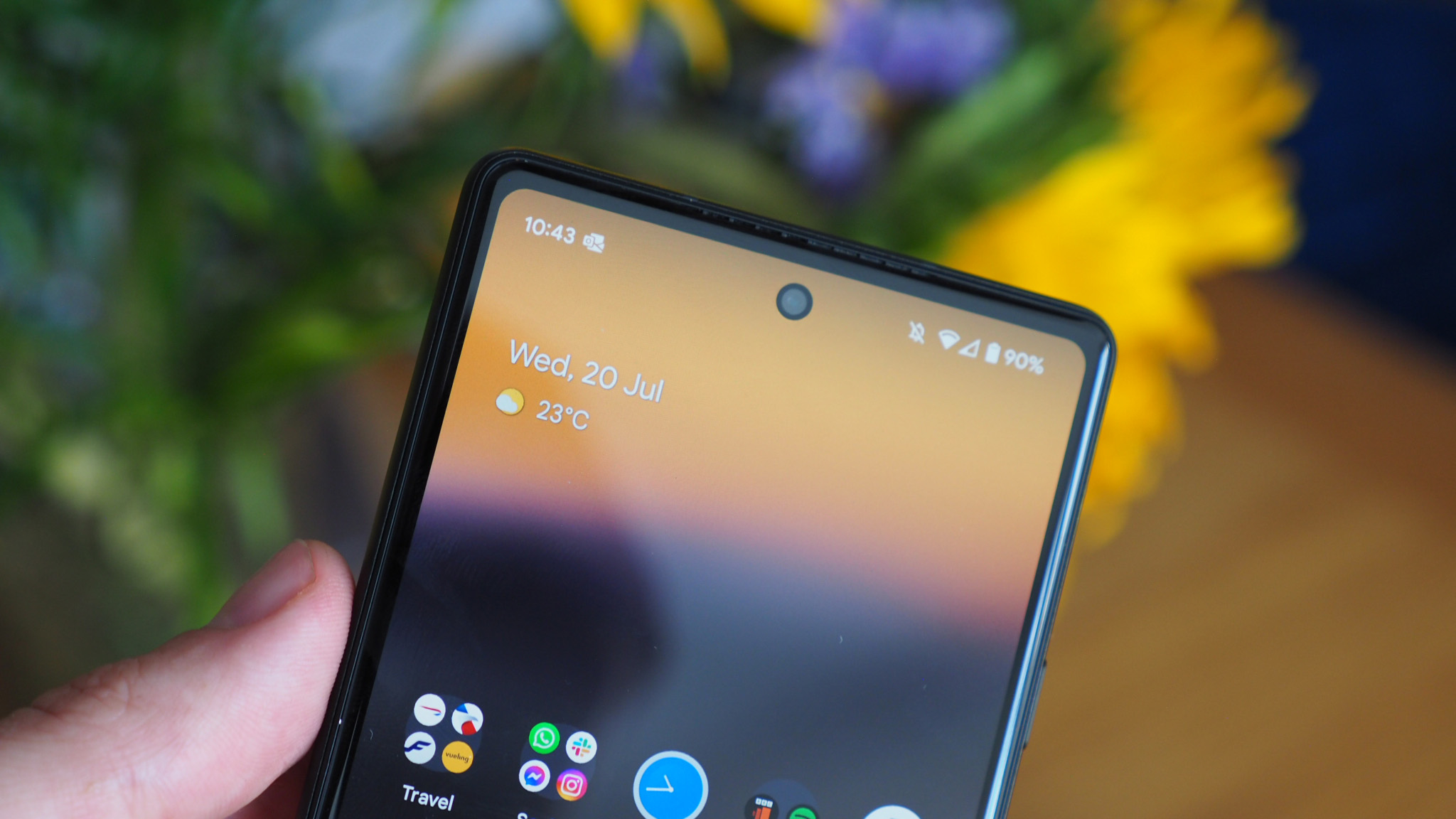
The look is right, and I do find the Pixel 6a's plastic rear fits the visual bill too, although it does show fingerprint smears rather pronounced, which diminishes the appearance of what's otherwise a well-considered slab. I suspect I've drawn the short straw in getting the Charcoal (black) handset, as there's a much more eye-catching Sage (green) or Chalk (white) option, either of which would be my preference.
The layout is practical and well-positioned too: the on/off button and volume up/down rocker to the right side (facing screen) are easy to reach, while the under-display fingerprint scanner's third-up position is also effective. The scanner is a bit slower than many, performing a 'double registration' (it vibrates twice with haptic feedback), but it works suitably enough.
The Pixel 6a's display is neatly nestled into its design; it's a flat panel, so no curves on the glass itself, revealing medium-size bezel to all four surrounds, and a punch-hole camera top and centre. The software's default muted colour palette looks attractive, but the OLED panel here can deliver much more punch as needed. The resolution is solid, as is the brightness. It's only the refresh rate that really lacks, but I can't say I've suffered as a result – and given the great battery life I think that's just fine.
Google Pixel 6A review: Performance and battery
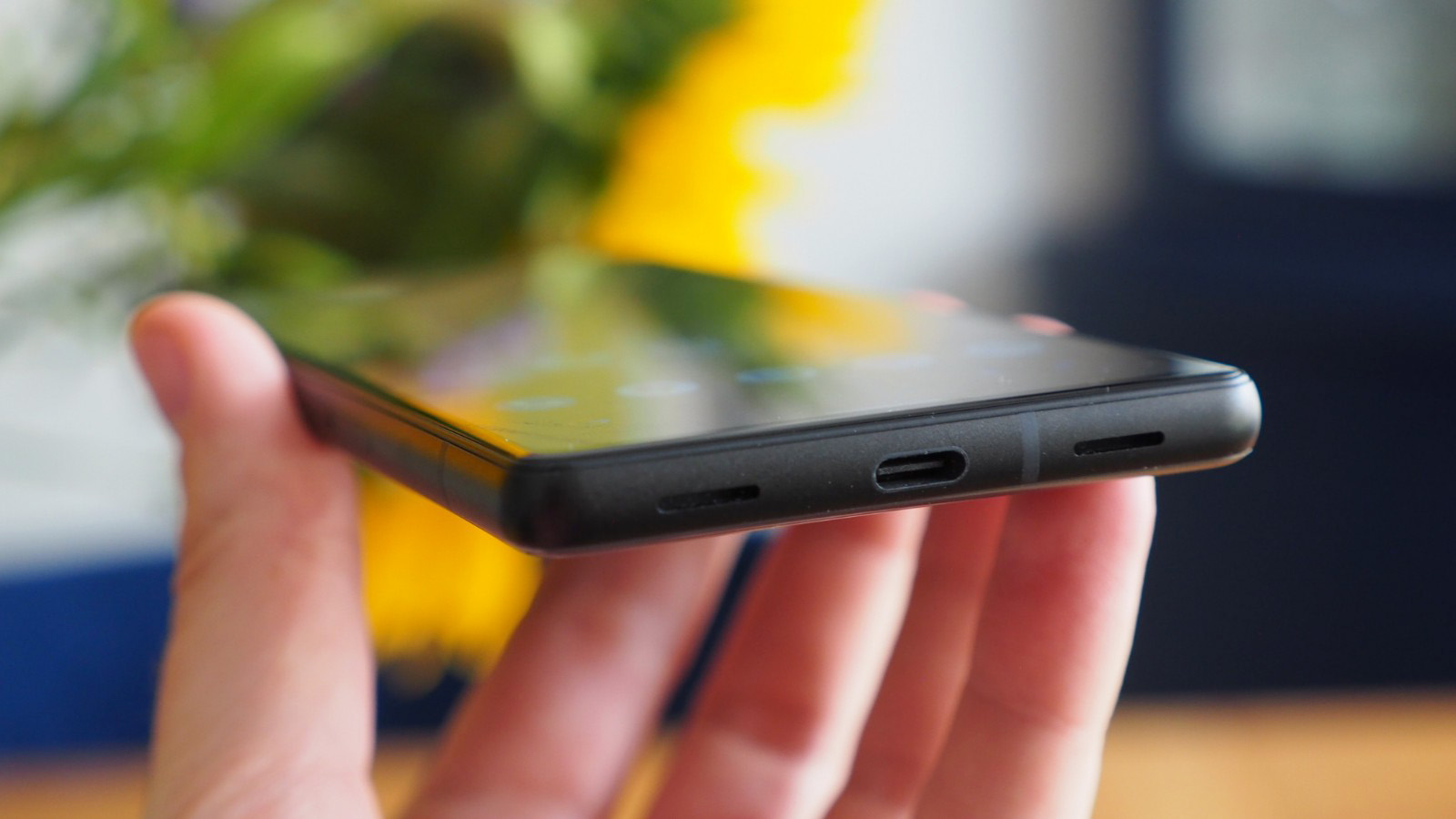
Unlike in the Pixel 5a (which used a Qualcomm Snapdragon platform), the Pixel 6a fully embodies Google's own hardware, called Tensor. It's the very same chipset you'll find in the Pixel 6 and 6 Pro, albeit with a little less RAM in the 6a. Even so, as we've seen from those other handsets in the series, Tensor is an impressive bit of kit.
It did start with a bit of a wobble in my experience though: the day of setting the phone up saw some inexplicable stutters that, while not device-breaking, did make me worry that the baby Pixel was going to be a step down in performance terms. Such worry was unfounded, however, as I've found the Pixel 6a to be fluid in operation in the days following.
That fluidity extends to all manner of things: from navigating around the latest and greatest Android software (Pixel always gets this first, so that's another reason to consider buying), to delving into games, to using Google's editing tools within its camera app. All without getting all too hot – and I'm going to forgive the 6a for getting a little warm as it's been near to 40C/104F in the UK during this initial testing period and the handset has still aced its tests.

Particularly impressive to me has been the battery life. Despite such heat and my asking a lot in terms of apps and games over a given day, the 4,410mAh cell inside has delivered long innings. A standard day has taken me through around 50% use within 12 hours. So Google's claim of 24 hours per charge isn't as unfeasible as that may sound. I'm not talking under moderate use either: the above included 6 hours of screen time, including 1 hour of gaming (hi there soon-to-be-abandoned South Park Phone Destroyer) and 1 hour of Zwift Companion training adding to the overall intensity.
While the 6a's battery life is great, however, the charging is not quite so successful. There's no plug in the box, for starters, only a double-ended USB-C cable (plus C-to-A adapter). The 18W charging speed is pretty slow by today's standards, too, especially compared to the competition. There's also no wireless charging here, which I can live without, but if it's a must then you can obtain it on the older Pixel 6 for not much more cash overall. In addition, I found the 6a would drop out of charging from certain plugs and direct USB sockets (unrelated to intelligent overnight charging, which I've deactivated) which has been a nuisance.
Google Pixel 6A review: Cameras
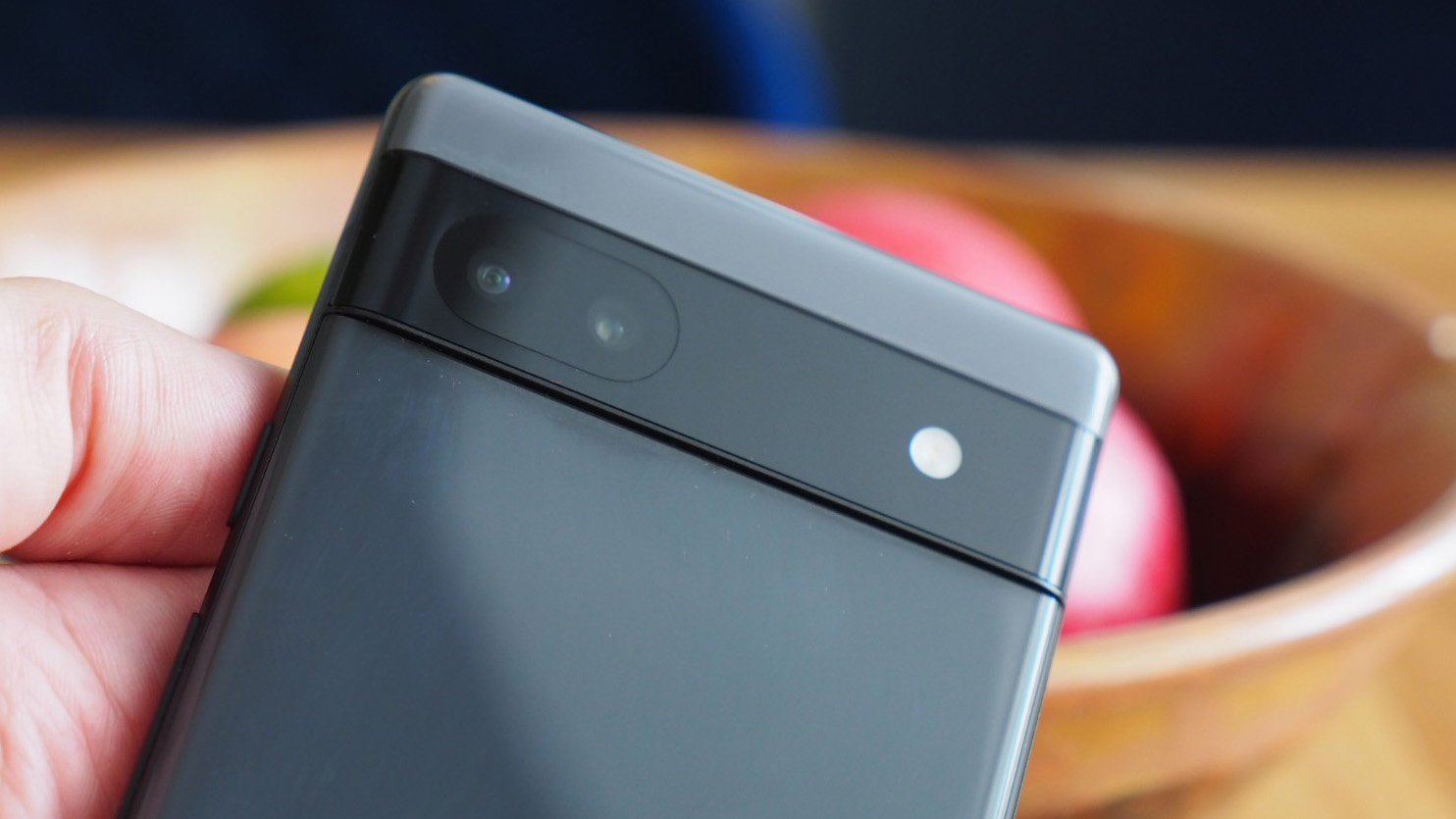
I'm a fan of Google's approach to cameras – and the Pixel 6a doesn't disappoint in keeping things straightforward. On the rear are two cameras: a 12.2-megapixel main sensor, alongside a second 12MP ultra-wide. There's nothing else slapped on the back to try and lure in the punters, which is just the way it should be.
There are some great features in the camera system too, including a super-wide f/1.7 aperture and optical image stabilisation (OIS) for the main sensor, both of which combine to ensure sharp images in all manner of conditions (the ultra-wide has no OIS, but it's less needed there) thanks to lots of light-gathering properties.
This is the part where I praise Google's combination of sensor and optics hardware paired with its own Tensor chip. The degree by which Google uses computational photography to 'magically' improve its images is really impressive. You can literally see it doing this as an image with visible noise clears it up within a second or so and presents a far cleaner look. It's impressive.
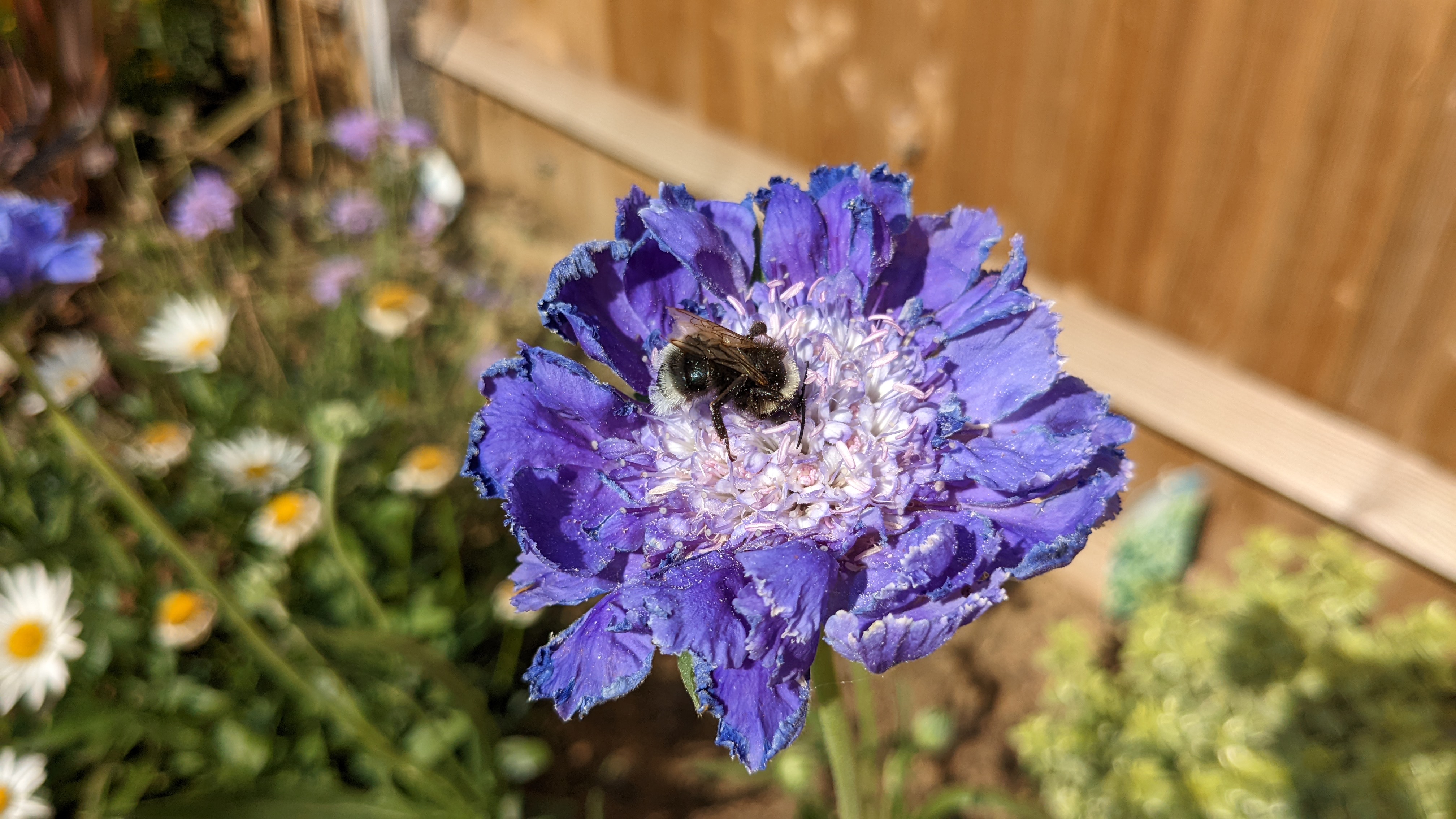





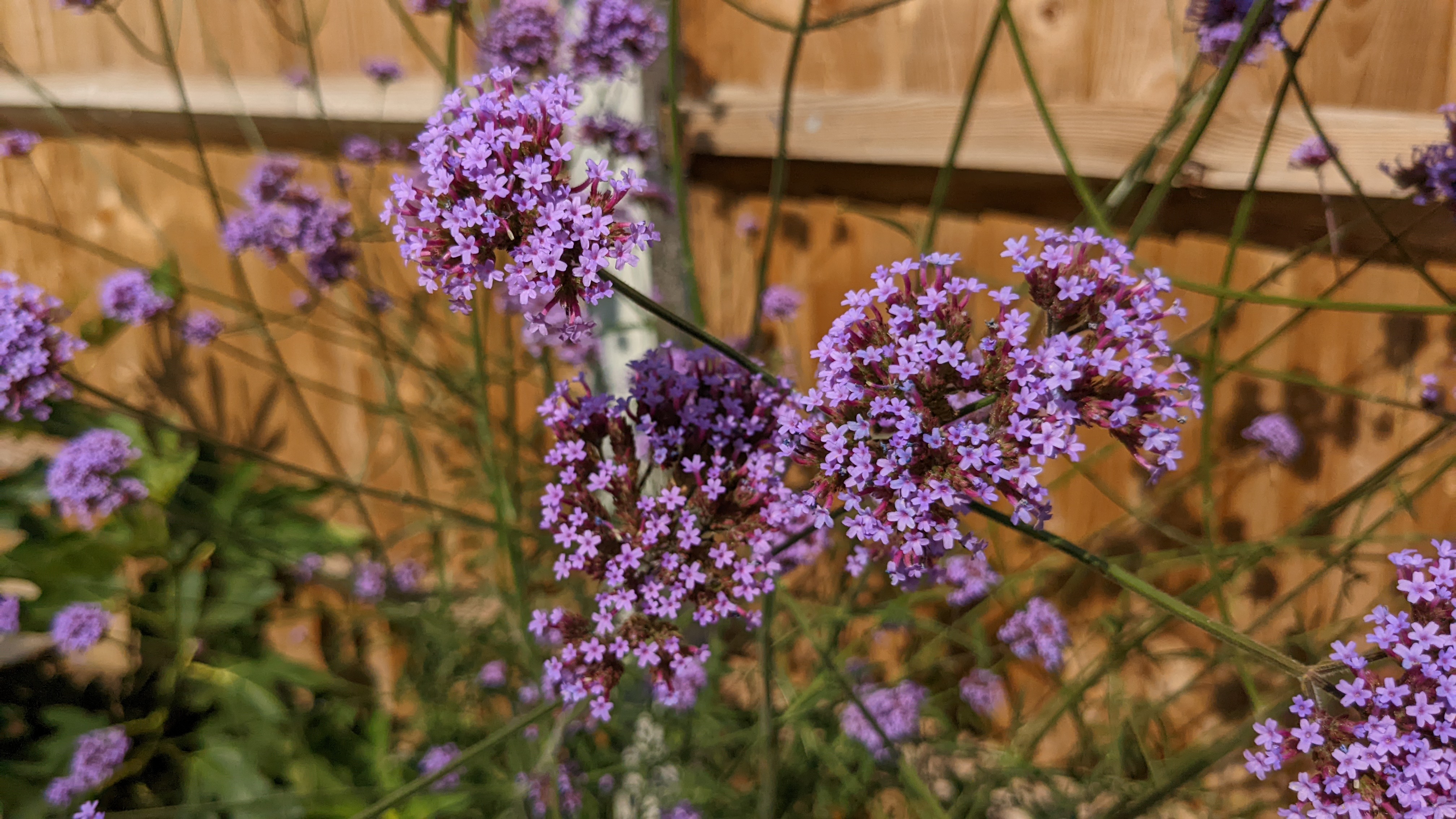
My gallery of image samples shows that the Pixel 6a is happy to capture colour and detail, but it's low-light where this mid-range handset will knock its mid-priced competition out of the water. The automatic Night Mode is still among the most impressive on the market, plus it's super easy to use in a point-and-shoot format. Again, nice and straightforward, no drama here.
There's more, too, with Google's Magic Eraser tool making its way to the Pixel 6a, so that's not just the reserve of the earlier Pixel 6 models. The tool functions by you circling around a person/object you want to remove from the frame and, depending on the complexity of the scene, is rather successful in its endeavours. No other phone-maker is offering this kind of feature, so it's a standout point under Google's belt.
If there's any downside to the 6a's cameras it's pretty simple: there aren't more lenses on the rear to cater for greater zoom functionality like many competitors (although, in fairness, you won't find such a feature at this price point). You can use a 2x digital zoom within the camera app with ease, but that's your lot. If you want more proper zoom, however, I'd suggest forking out the extra for a Pixel 6 Pro which has such an optic.
Google Pixel 6A: Verdict

In many ways I really love the Google Pixel 6a. It's a model example of a small-screen Android phone, which is what I think will appeal the most to those not wanting a massive device that's hard to use with one hand.
But, in the same breath, super as the Pixel 6a is, it'll be superfluous for many. That's because the Pixel 6 already exists and doesn't really cost that much more. That device gives more screen real-estate, more camera resolution, wireless and faster charging, and more RAM as part of its package.
The mid-range market is also really competitive, but it's often stacked full of less familiar and/or gimmicky options. The Pixel 6a is quite the opposite: accessible, full of great features with no throwaway add-ons, long-lasting per charge, and clearly among the best Android has to offer. I'd just probably wait for it to be available on special offer in the future given the timing of its arrival.
Also consider
If you've got £400/$450/€460/AUD$750 to spend on the best affordable phone then your options are certainly not limited. You could go experimental and buy into Nothing's Phone 1. You could go tried and tested, but cheaper still, with a Samsung Galaxy A53.
Or you could stick to Google's Android accomplishments and pay a little more for the Pixel 6 proper. That's part of the 6a's issue: there's so much surrounding competition that it might struggle to make its case for most people.

Mike is T3's Tech Editor. He's been writing about consumer technology for 15 years and his beat covers phones – of which he's seen hundreds of handsets over the years – laptops, gaming, TV & audio, and more. There's little consumer tech he's not had a hand at trying, and with extensive commissioning and editing experience, he knows the industry inside out. As the former Reviews Editor at Pocket-lint for 10 years where he furthered his knowledge and expertise, whilst writing about literally thousands of products, he's also provided work for publications such as Wired, The Guardian, Metro, and more.
